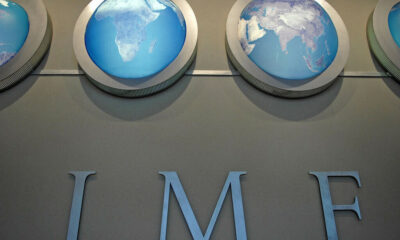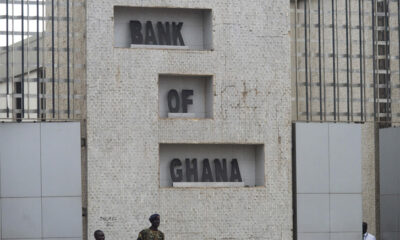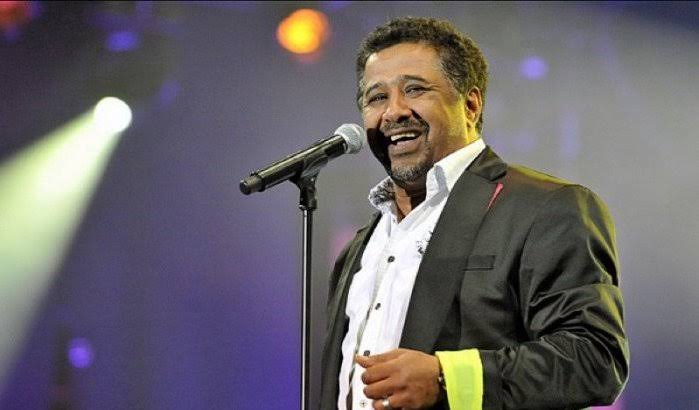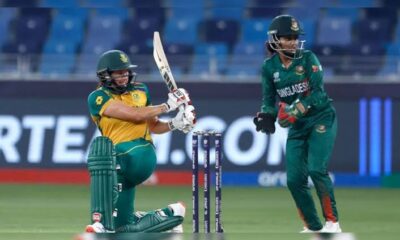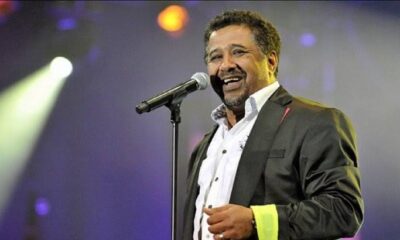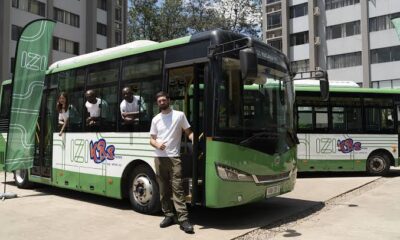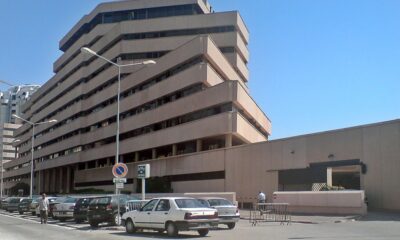Algerian authorities have accused renowned musician, singer and songwriter, Cheb Khaled, of spying for neighbours Morocco as another wave of hostilities brew between the two countries.
Founder of Algerian news outlet, Algeria Par, Al Abdou Semmar, disclosed on his YouTube channel that the military court in Blida, Algeria, hd reportedly forwarded a dossier to the court of Bir Mourad Rais in Algiers, containing serious allegations against the famous artist.
“Cheb Khaled has been friends with Moroccan monarch Mohammed VI for several years,” the journalist said, claiming that Algerian judicial authorities seek to charge Khaled in an alleged espionage case for Morocco.
Semmar further claimed investigations by his news channel has revealed that the singer is suspected and accused of complicity in espionage activities with the Bennacer brothers.
“This refers to the brothers Toufik and Boualem Bennacer, sons of the later General Larbi Bennacer,” the journalist said.
He added that Khaled also faces accusations of “transmitting sensitive information classified as ‘defense secret’ in Algeria to Moroccan authorities.”
“Based in Luxembourg, Cheb Khaled is now wanted by Algerian justice, which wishes to hear him, charge him, and put him on trial,” the journalist said.
He explained that such claims and accusations have come amid the Algerian regime’s hostility towards any party with close ties with Morocco.
“This is not the first time Algeria has arrested individuals and accused them of espionage for Morocco. The latest arrests took place earlier this week in Oran and Sidi Bel Abbès, and involved two Moroccan nationals,’ he said.
Khaled has close ties with Morocco, having performed numerous times in the North African country, where he has millions of Moroccan fans and frequently shares statements expressing his love and passion for Morocco,, referring to it as his second country.
In 2013, he obtained Moroccan citizenship under a royal decree, an act that has repeatedly put him at the heart of controversies among those sharing hostility towards Morocco.
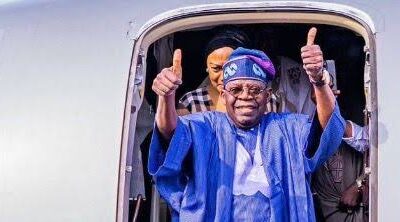
 Metro2 days ago
Metro2 days ago
 VenturesNow2 days ago
VenturesNow2 days ago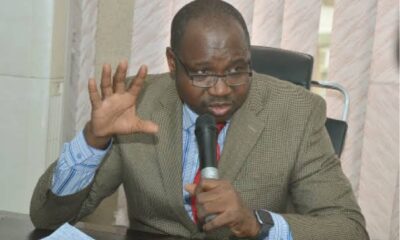
 Metro16 hours ago
Metro16 hours ago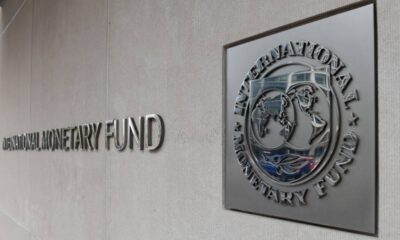
 VenturesNow2 days ago
VenturesNow2 days ago



